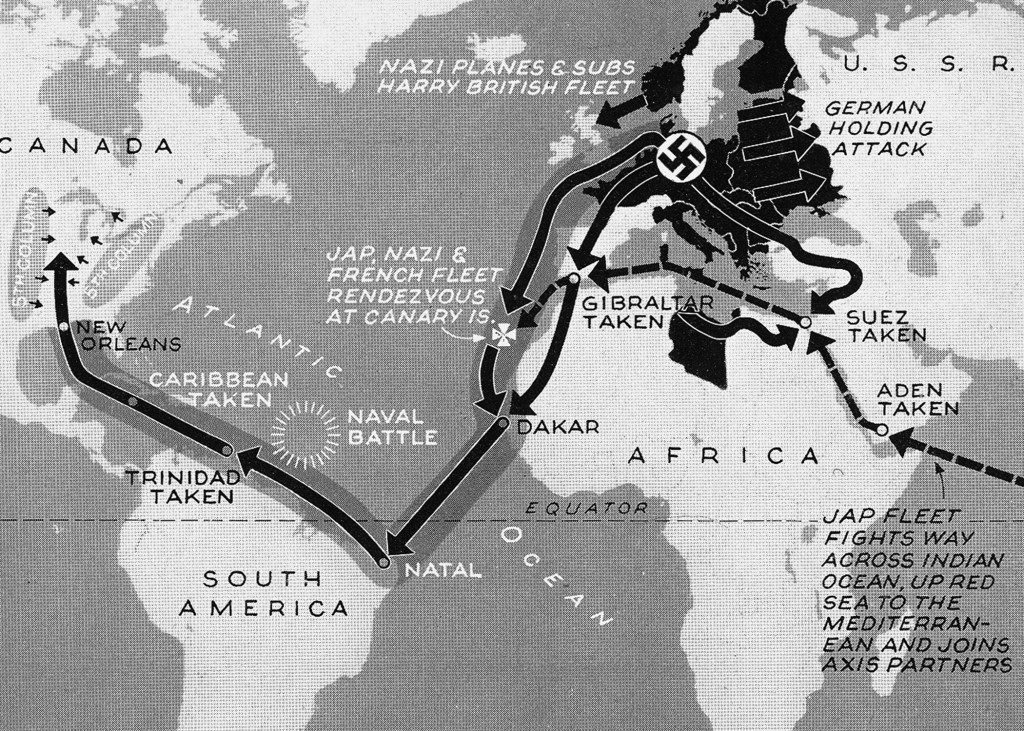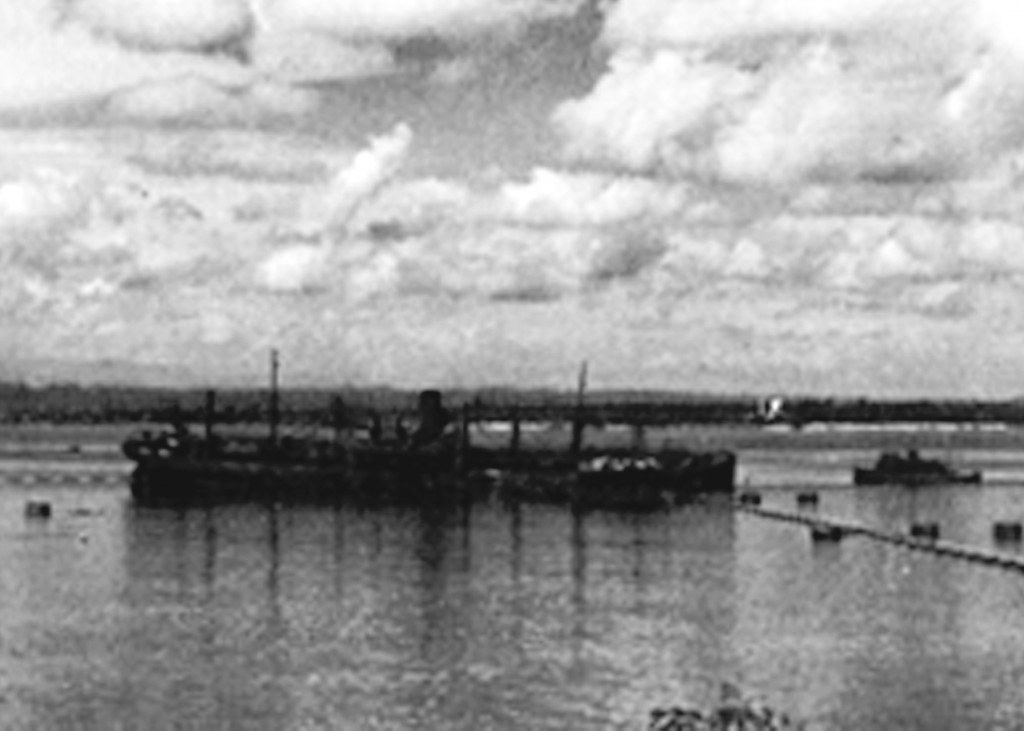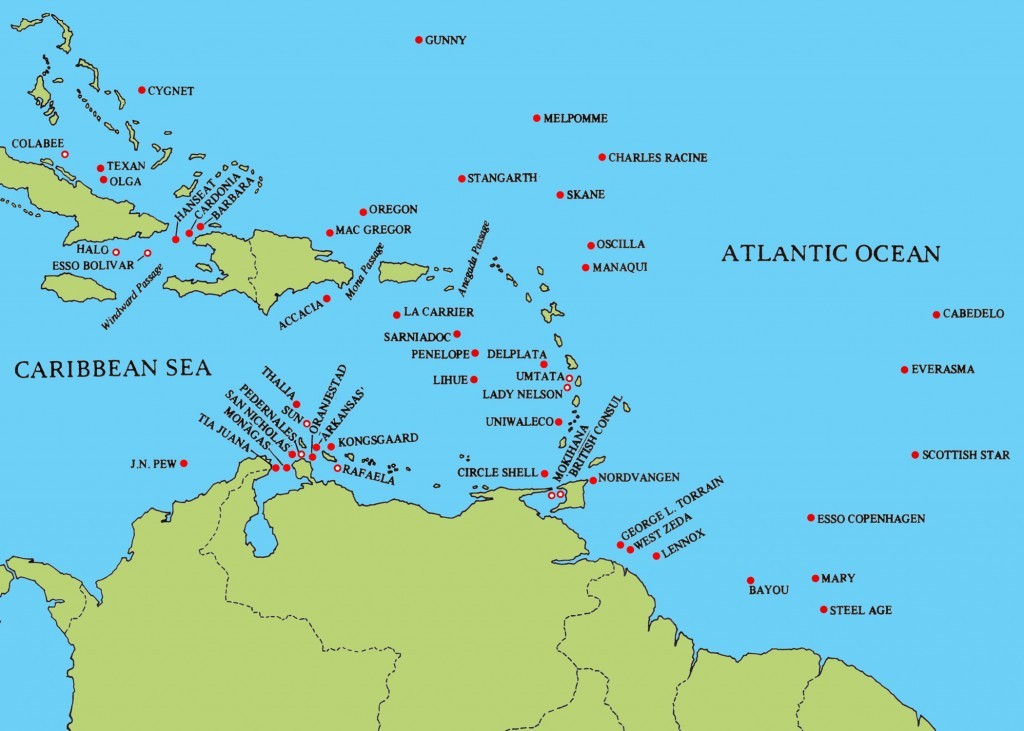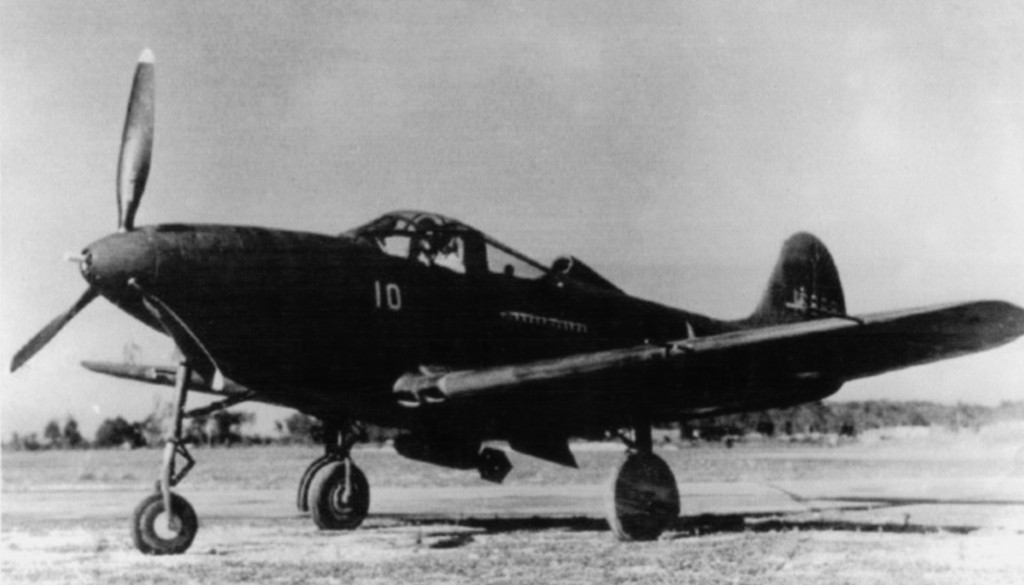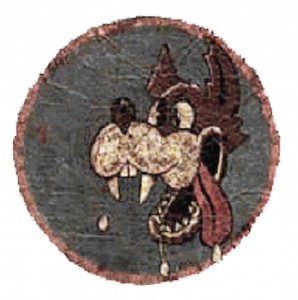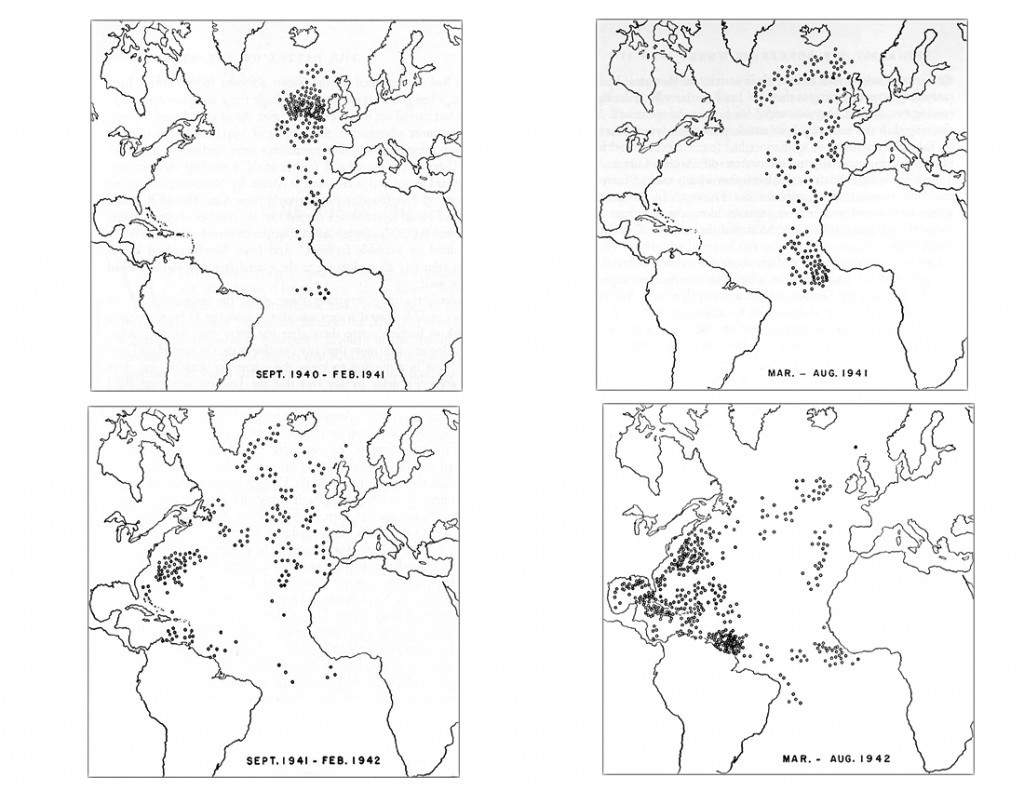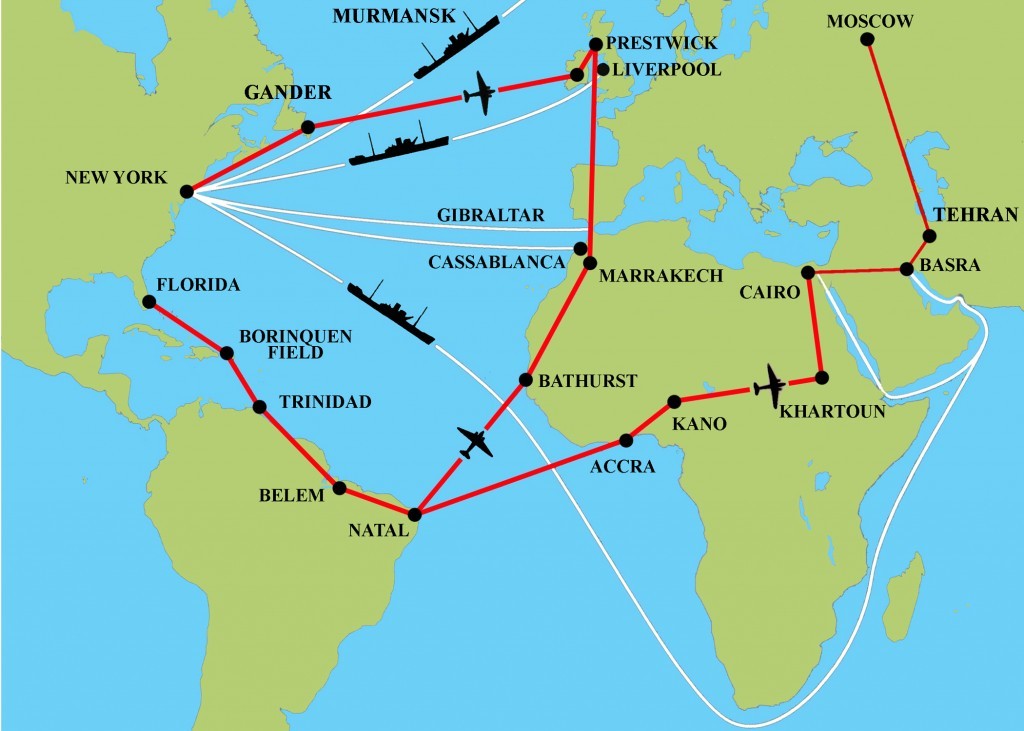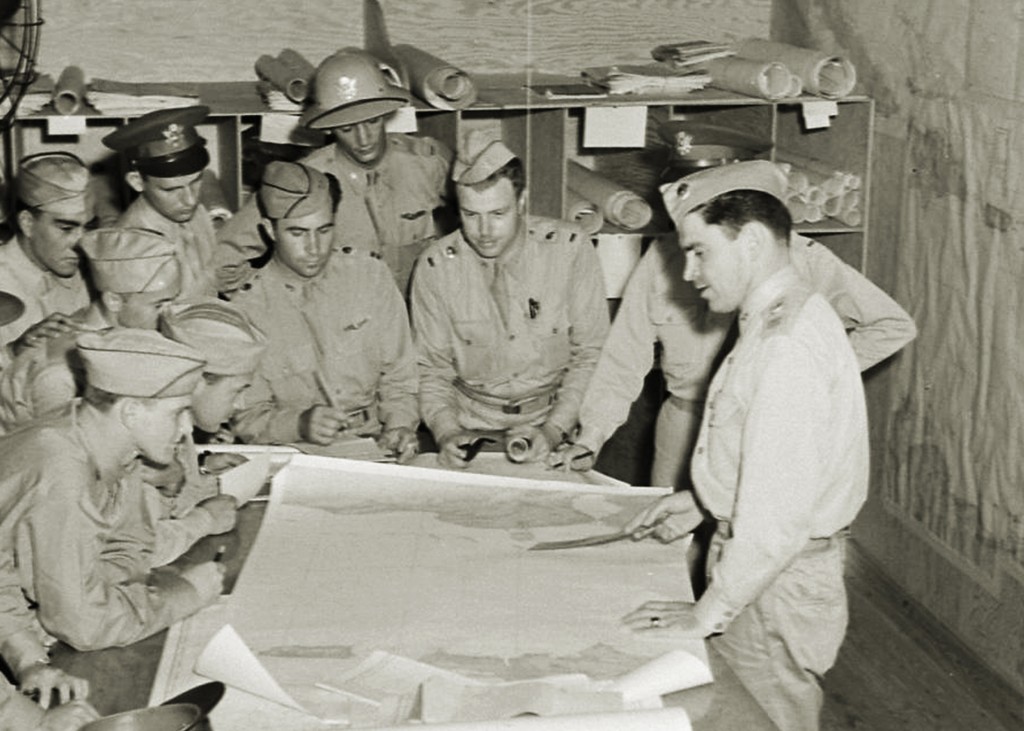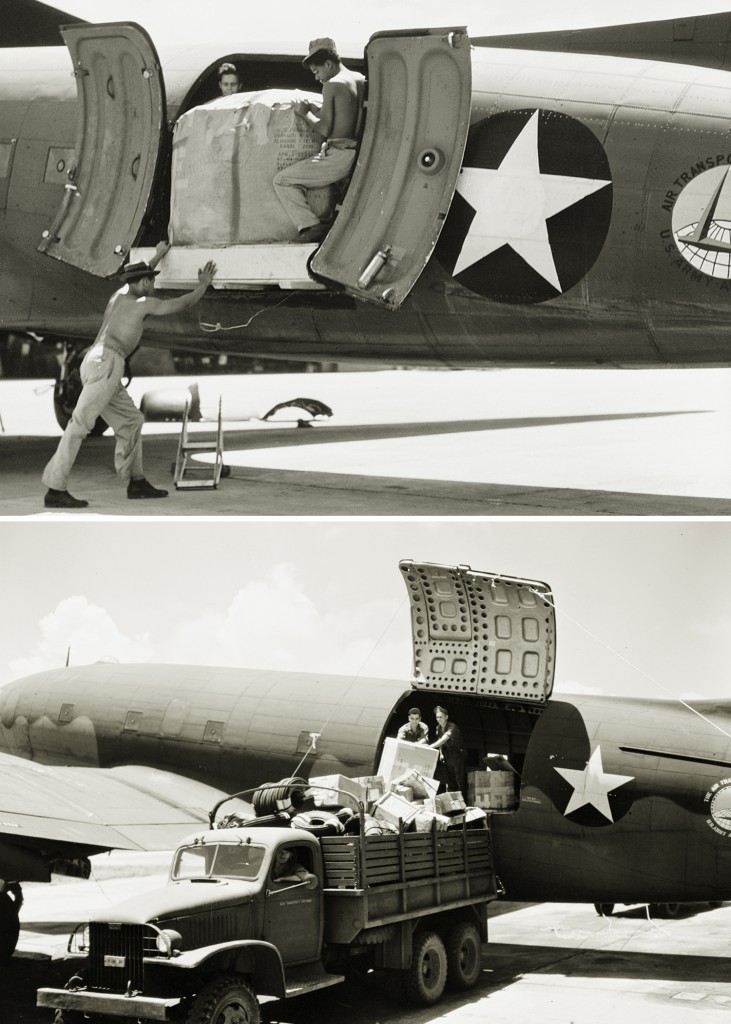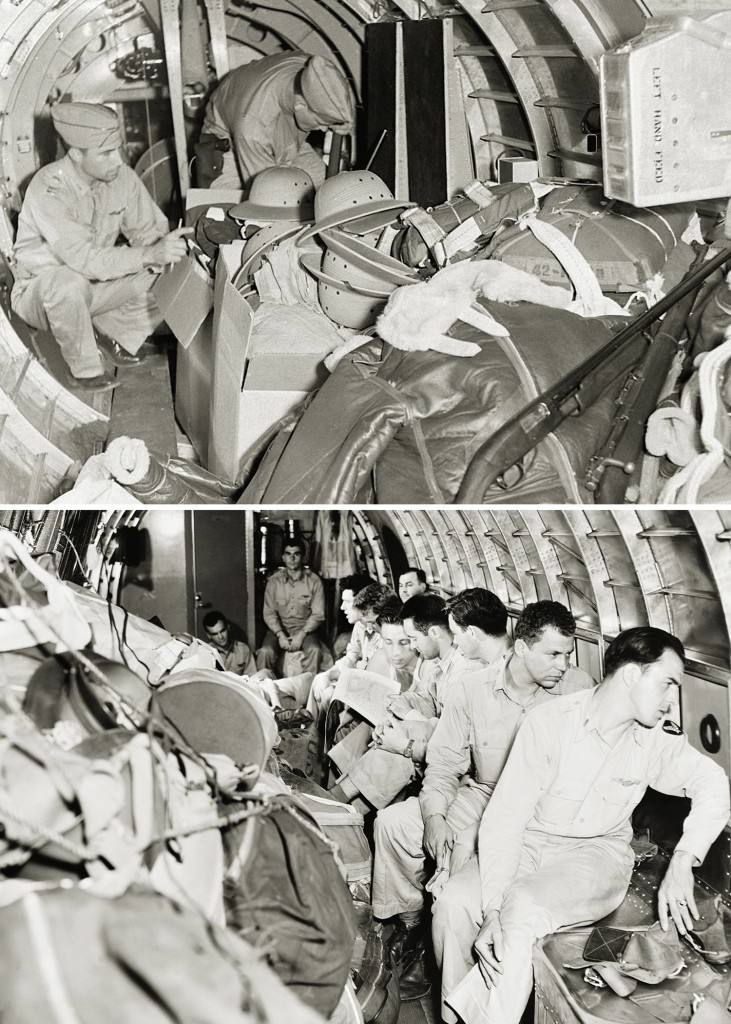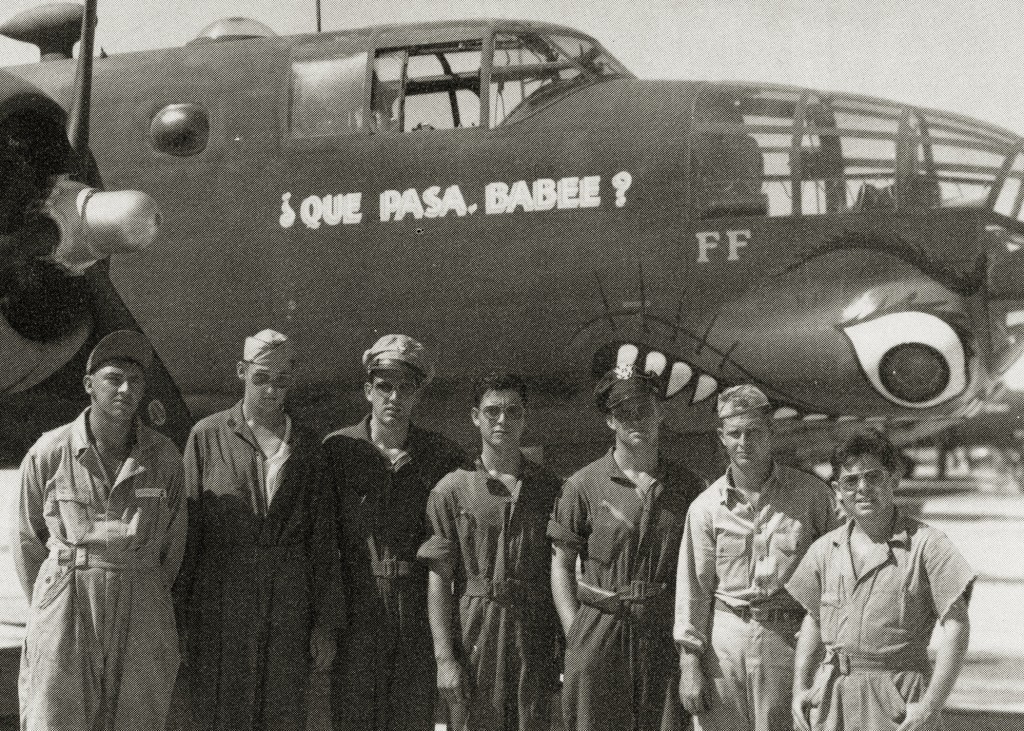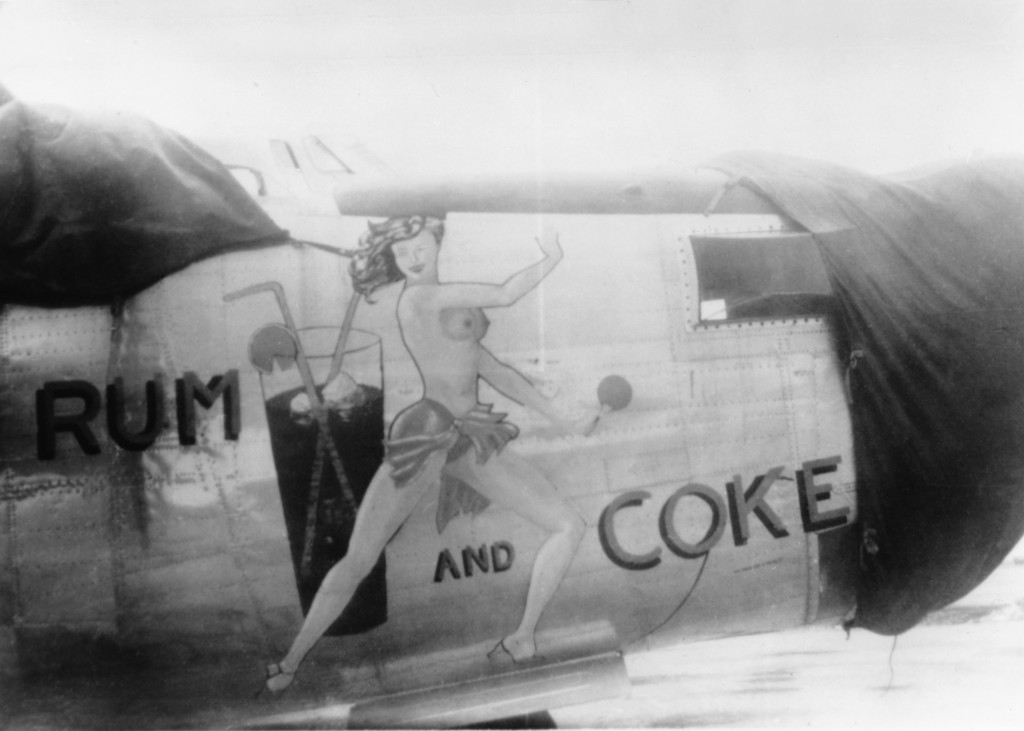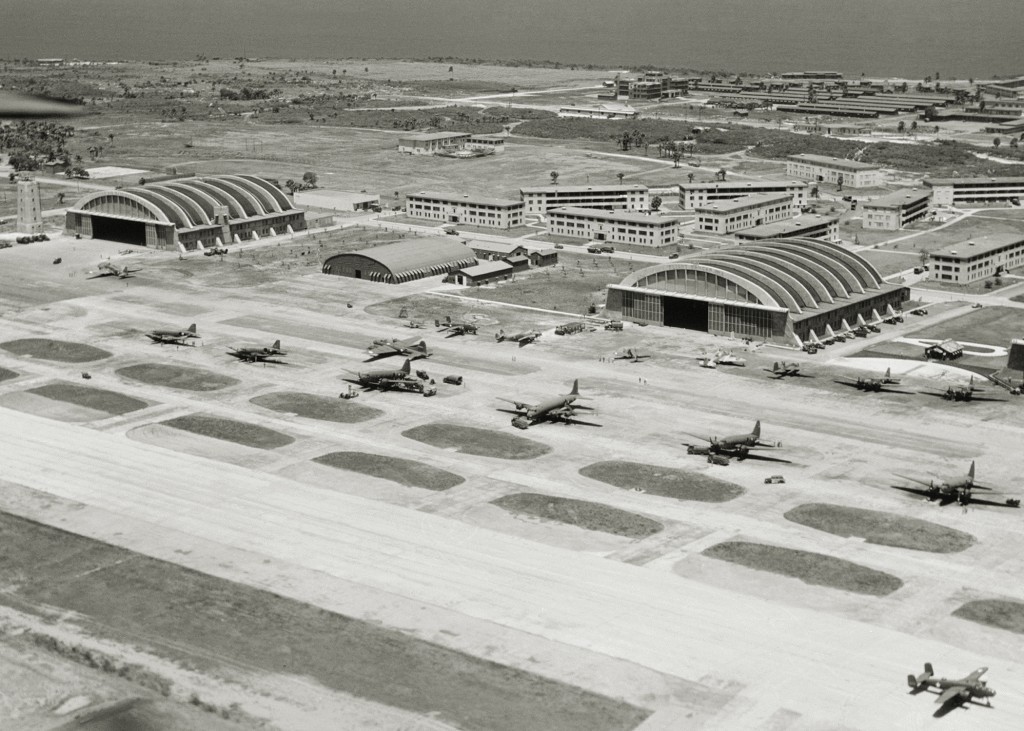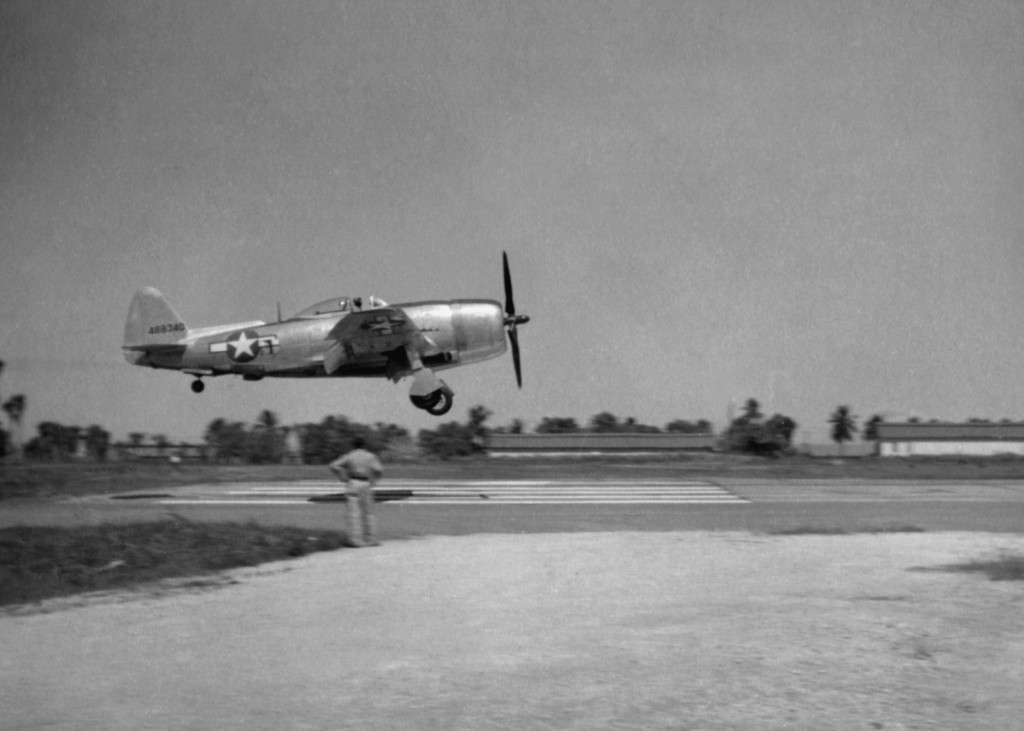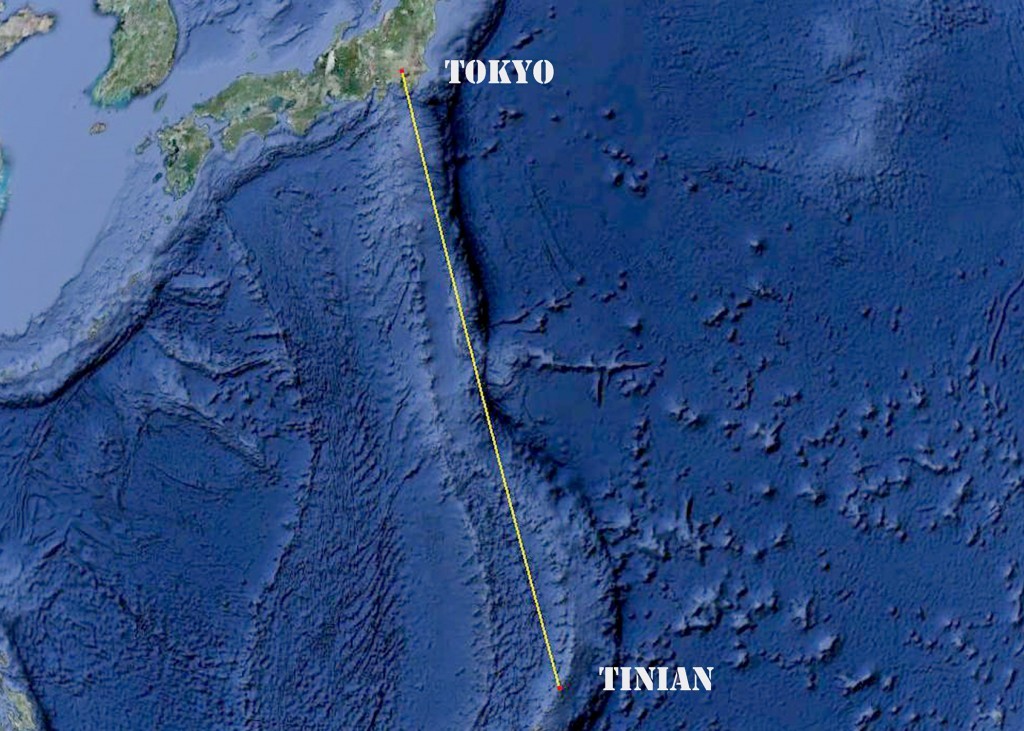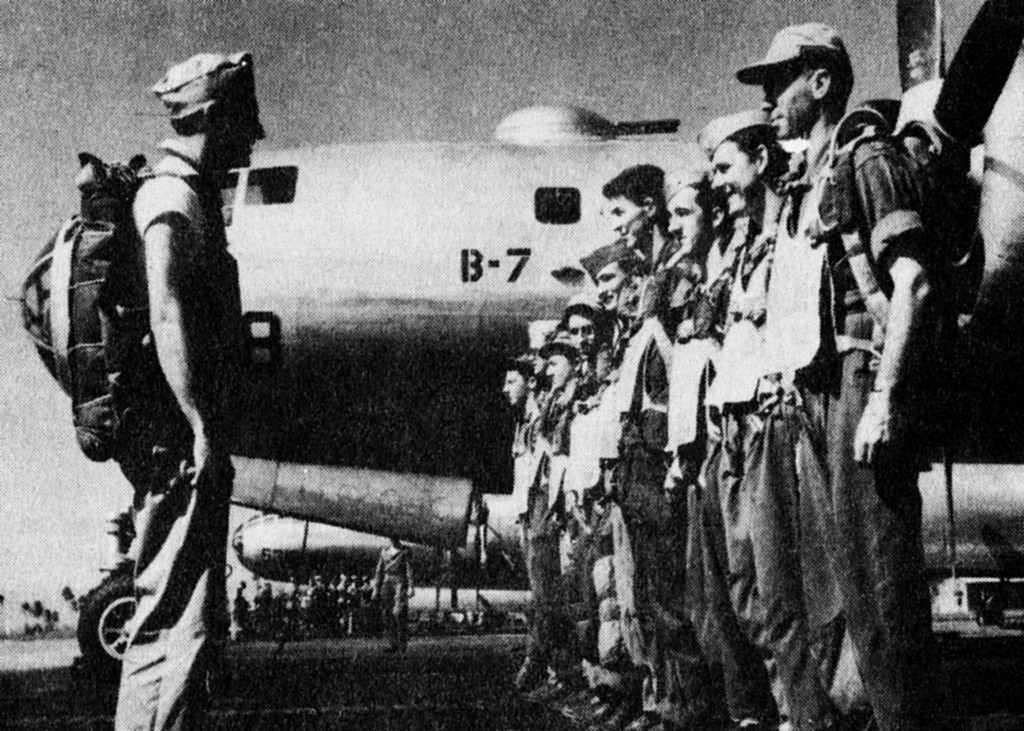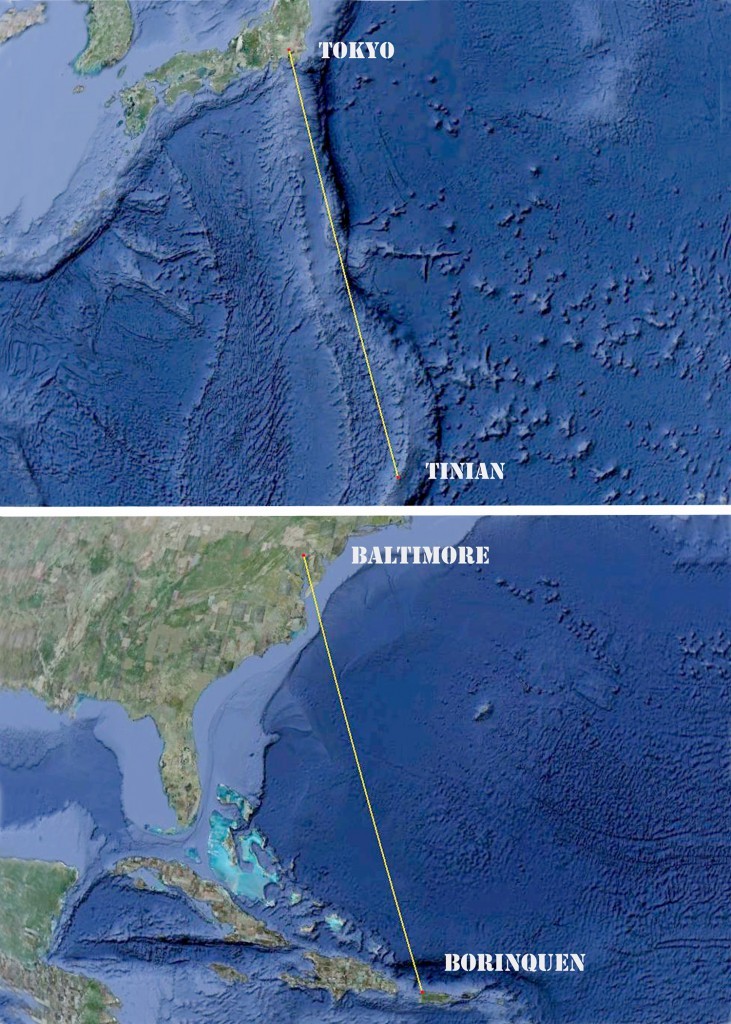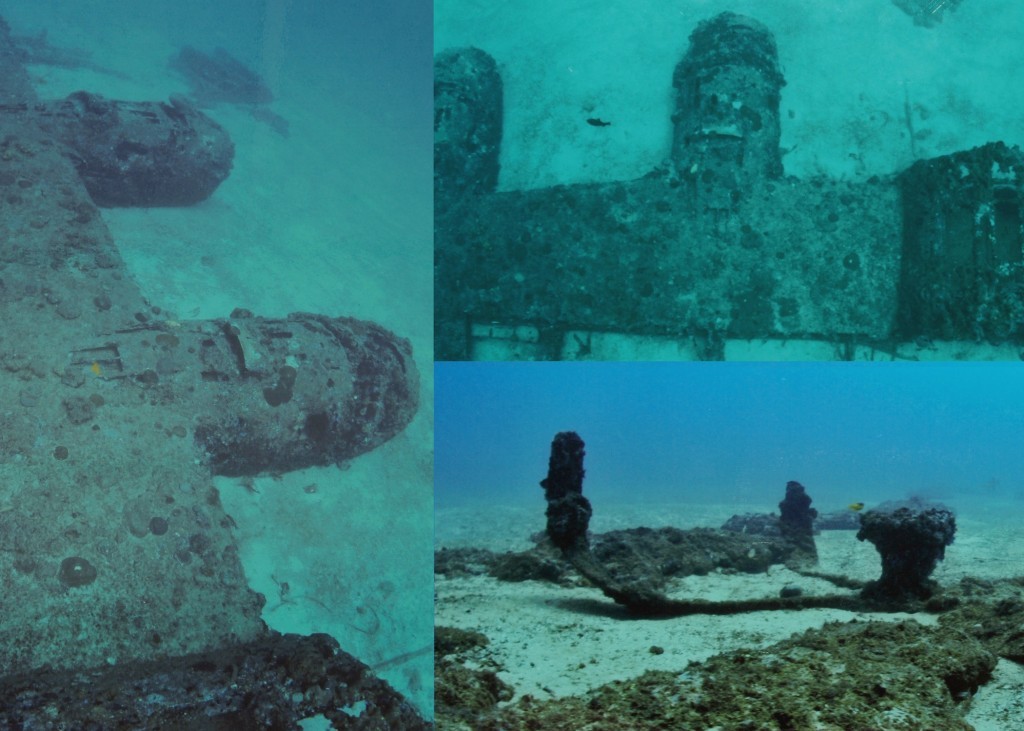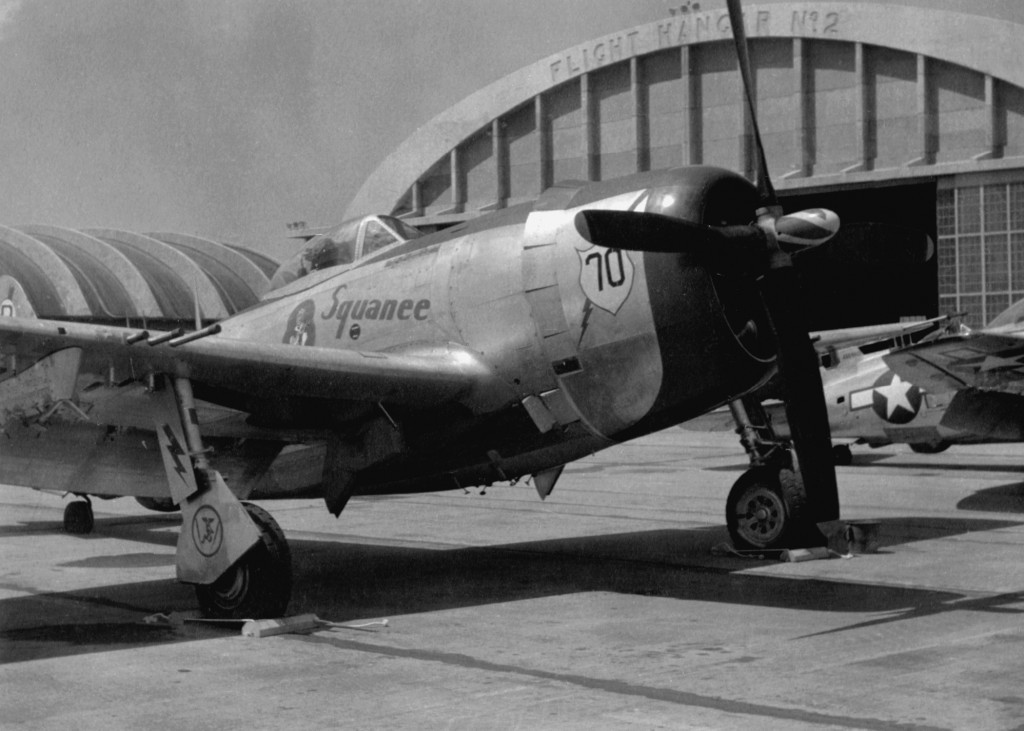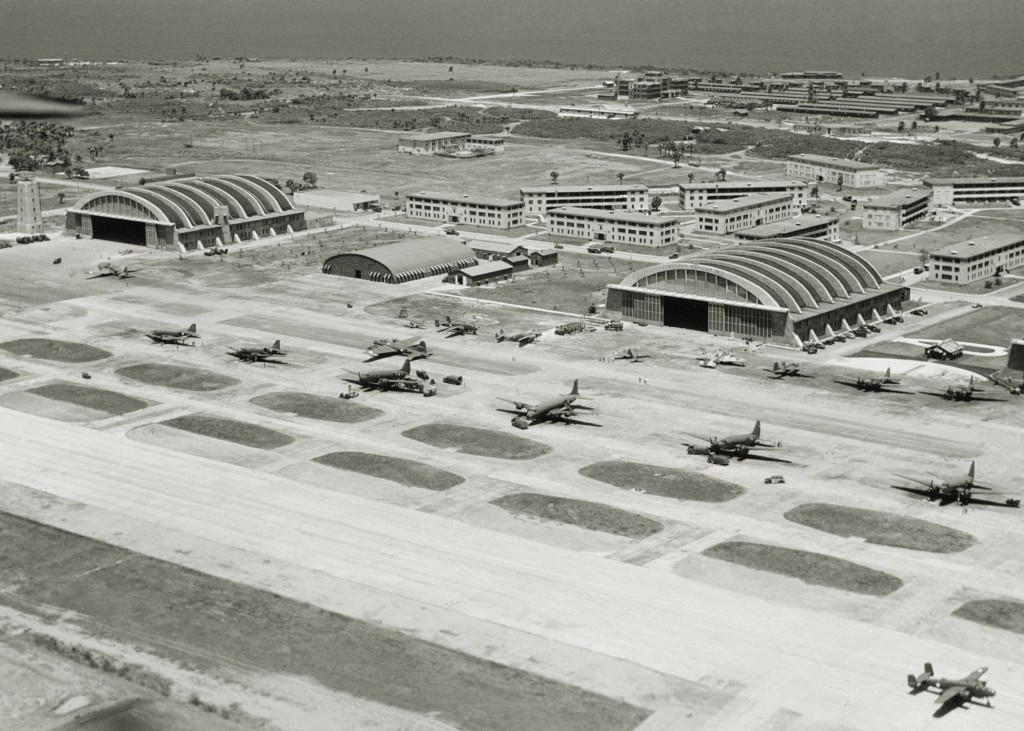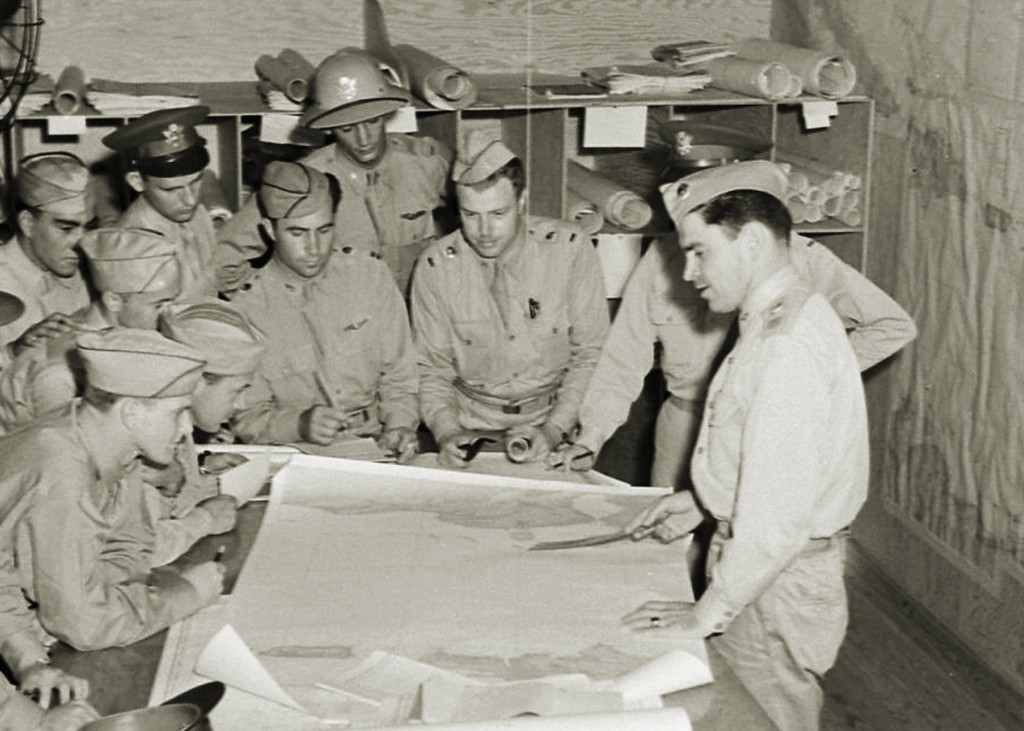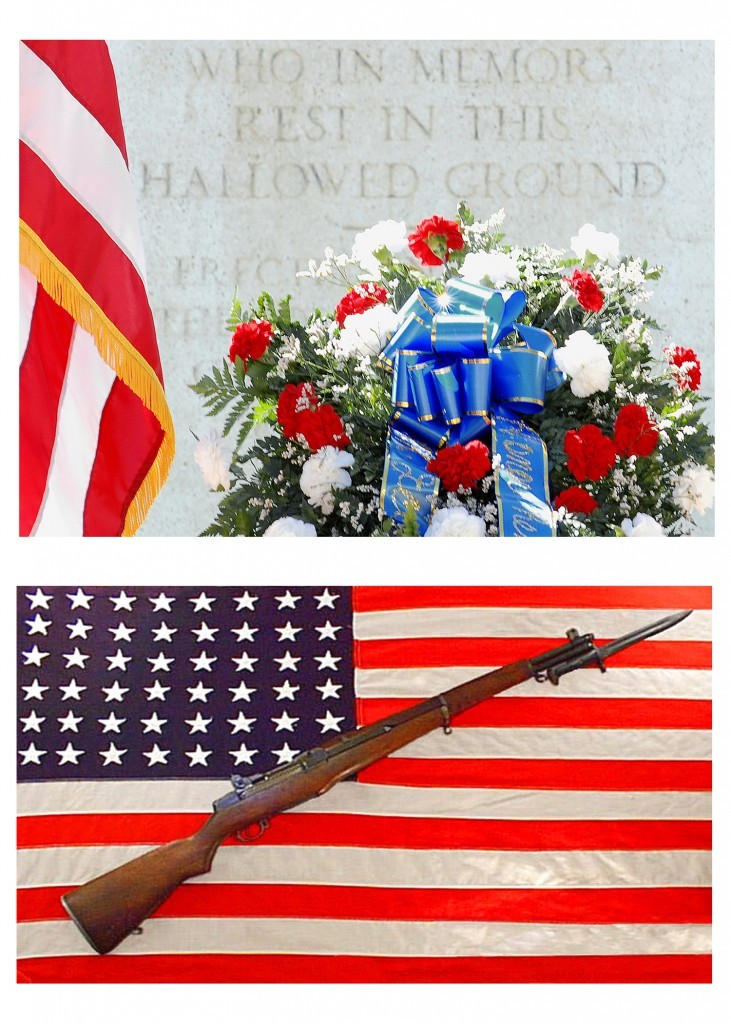Material written by Borinquen Field / Ramey Air Force Base Museum Director, Ricardo Busquets
7 December 1941 Imperial Japan attacks Pearl Harbor. 11 December 1941 NaziGermany declares war on the United States. The “regional” conflicts in Europe and the Pacific Rim have now become a world war; World War II.
The United States is the only country with the industrial strength to process, manufacture and mass produce the war materials necessary to defeat the axis forces. America will become “The Arsenal of Democracy”.
Axis “wishful thinking” Battle Plan
CARIBBEAN CONVOY 1942 .BORINQUEN FIELD – RAMEY AIR FORCE BASE HISTORY
The “arsenal” will require vast amounts of raw materials. More than is available in the Continental United States. Gasoline, lubricants, iron ores, aluminum, nitrates, rubber, cotton, food stuff, ect. They will find these vast amounts in South America. German U-boats will be waiting
15 February 1942 Nazi Germany executes Operation Neuland. German U-boats will attack all merchant shipping in the Caribbean. Illustration; Gaylord Kelshall “The U-Boat War in the Caribbean”
The Bay of San Juan became a safe haven for all merchant shipping in the Caribbean
42 merchant ships were sunk in March of 1942 (see above), 66 were lost in June alone. Illustration; Gaylord Kelshall “The U-Boat War in the Caribbean”
Borinquen Field’s Air Corps took on the U-Boats and brought the War to the Nazi’s in the Caribbean
US Destroyer Escort sights U-Boat inside Caribbean convoy (above). Depth charge fired (below). AP Photo 7/29/42
P-39 Aircobra of the 32nd Pursuit Squadron 36th Pursuit Group. The squadron patch a “Hound Dog”. They become known as the Wolf Hounds
A total of 336 merchant ships would be sunk in the Caribbean by the end of 1942
The amount of raw materials lost is so immense that it will become one of the reasons the Normandy offensive in France, planned for 1943, will be delayed until 1944. The last U-boat attack in the Caribbean occurs off the coast of Puerto Rico, 5 June 1944. Caribbean Convoy (above) (ca. 1942)
With U-boats roaming the seas at will, the Caribbean “Southern Air Route” will become the lifeline of the war efforts to come. The “Good Will” and “Arabian Knight” flights had paid off
The responsibility of moving the massive amounts of war material was delegated to Borinquen Field 25th Air Depot and the Air Transport Command. The depot was managed by a 6,247 enlisted and civilian workforce. ATC HQ
Air routes are identified and plotted. Many overloaded aircrafts and their crews were lost due to mechanical failures
We had the privilege of knowing Stanley Sevilla, seen here with the pointer. Stanley was a member of the RAFBHA and a stout supporter of the Association. Stanley has passed away and is sorely missed. We will keep his memory alive and continue to honor his service to his country
The C-47 “Skytrain” (above) and the C-46 “Commando” (below) were the mainstay of the Air Transport Command
“Every which way you can”. GI’s were transported to Theatre Operations in any “C” or “B” type aircraft available. B-17 (above), C-47 (below)
The responsibility for managing the continuous flow of traffic fell on the shoulder of the Army Airways Communication Service
Antilles Air Command infrastructure
Six B-17 in route to Theatre Operations
B-25 Mitchell and A-20 Havocs geared up for a long flight
A little culture assimilation. F-10 “Que Pasa Babee” (B-25 reconnaissance variant)
A lot of culture assimilation. B-24 on route to Theatre Operations
The following numbers reflect the heavy workload at Borinquen Field in 1943
| soldiers in transition | 86,165 |
| fighter and bomber flights | 5,291 |
| cargo/passenger flights | 4,836 |
| aircrafts repaired or serviced | 1,982 |
Borinquen Field in the thick of it all. Aircrafts seen in the above image are in transition to European or North Africa operations. Others are assigned to the Caribbean Theatre Operations
Two F-5’s (reconnaissance variant of the P-38 Lightning) seen by Hangar 02. PBY seen to the far left of image
Thirsty P-47N coming in for a pit stop
Strategists deem Borinquen Field “a key defensive outpost” and “the most important base in the Caribbean”. The “Southern Air Route” supply’s the following operations:
| Operation Lightfoot: | The British offensive in North Africa |
| Operation Torch: | The first US Army offensive of the War led by General Patton in North Africa |
| Operation Husky: | The Allied Invasion of Sicily |
| Operation Avalanche: | The Allied Invasion of Italy |
The “Southern Air Route” will be in continuous operation for the duration of the war
The Pacific Theatre Operations was rapidly approaching the island of Tinian of the Marshall Islands chain. The capture of Tinian would bring the Empire of Japan into the range of the B-29
The difficulties of “open waters” navigation led to the establishment of an open ocean navigation training program at Borinquen Field. General Arnold inspecting B-29 aircrew attached to the program
B-29 crews ready for departure
The training route established was Borinquen Field to the City of Baltimore and back. This would be the same distance from Tinian to Tokyo and back, a 3000 mile round trip. The training included “mock “P-39 fighter attacks along the route
So many squadrons were being trained at Borinquen Field they became known as the “Gypsy Task Force”. B-29 taking off on a training flight
Enola Gay navigator, Captain Theodore Van Kirk, was trained at Borinquen Field before being assigned to the “atomic bomb” group
The Gypsy Task Force was no stranger to the B-29’s reoccurring engine problems. This B-29 did an emergency ditching one mile north of Borinquen Field 31 May 1945. This B-29, 42-65287, was assigned to the 461st BS 346th BG
B-29 with “darkened” lower fuselage for night bombing operations. C-47’s, B-25 and P-38 seen with Tower in the background
8 May 1945 marks VE Day. Troops and aircrafts are to be transferred to the Pacific Theatre Operations. The “Southern Air Route” will be set in reverse. Europe to West Africa, across to Brazil, northbound thru the Caribbean, Florida to the West Coast. Two operations are set into action to execute this gigantic undertaking
“Operation Green” was the massive airlift of soldiers from Europe to the Pacific Theatre Operations
Every which way you can one more time. Tired GI’s arrive at Borinquen Field after a very long flight (above). GI’s pick up their gear and ready for next flight (below)
“Operation White” was the movement of combat aircrafts from Europe to the Continental USA. P-47 ready to fly stateside
In the month of July 1945 the staggering amount of 14,297 aircrafts and 22,197 troops passed thru Borinquen Field. This would break down to, statistically, 19 flights and 716 troops EVERY HOUR 24 hours a day for 31 days. Stack em, pack em, fuel em and rotate em
The war in the Pacific ended 15 August 1945, VJ day. The men who fought in Europe will not have to fight in the Pacific. The troops flying the “Southern Air Route” would now be, “Going Home”
Click to move on to the next section: Borinquen Field Renamed in 1948

 Membership Area
Membership Area Cart
Cart
